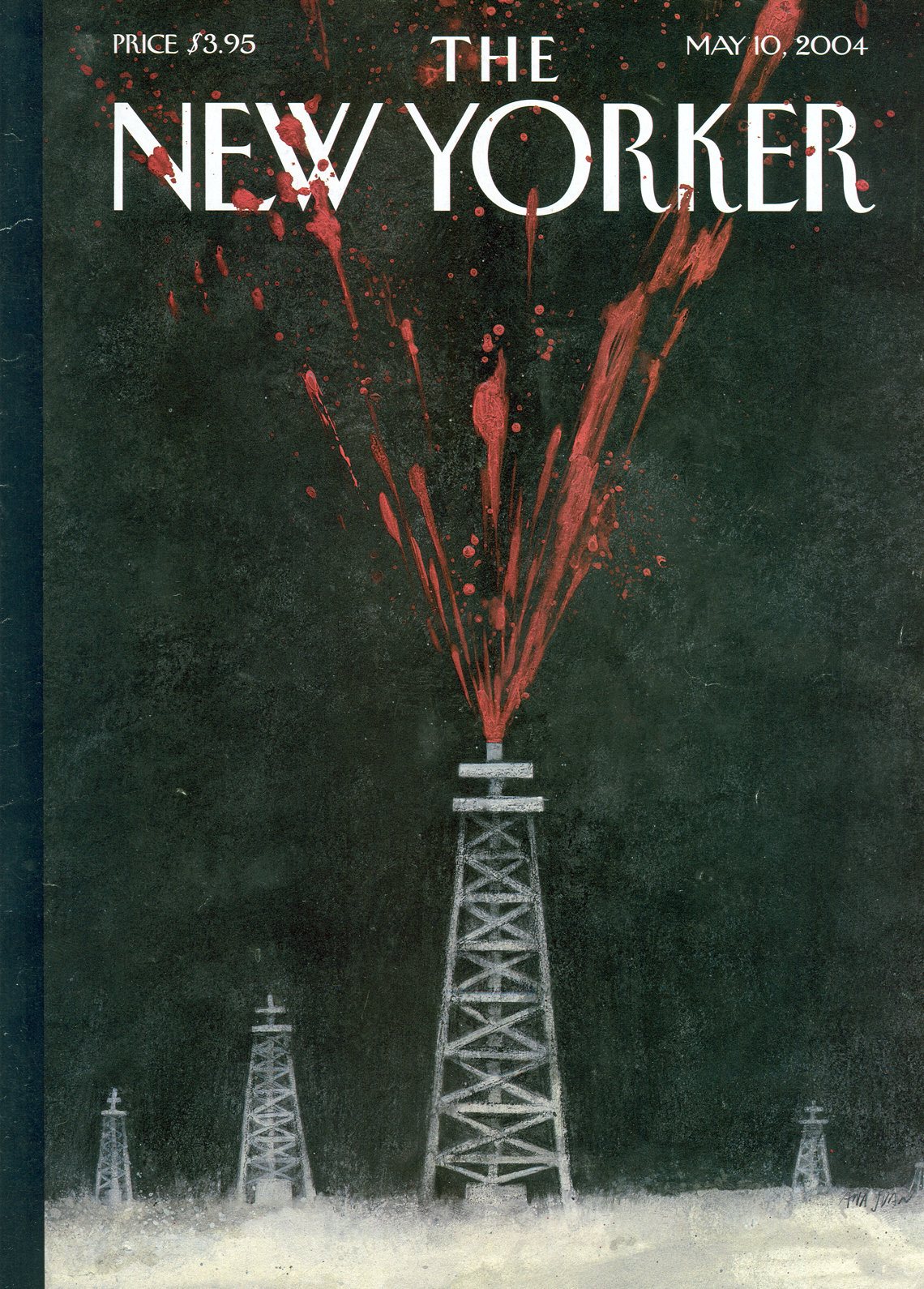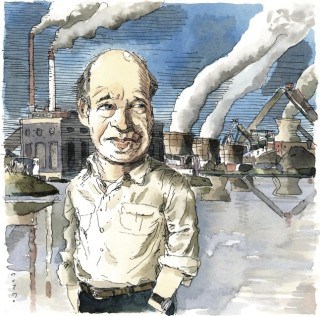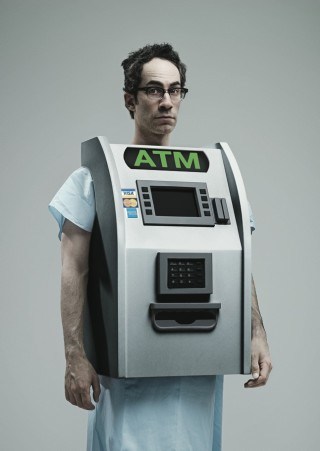1.“Torture at Abu Ghraib,” Seymour Hersh (2004)
If you don’t think this kind of magazine breaks news, think again. This deeply-reported piece helped turn the whispers that something was going very wrong in Iraqi prisons into an uproar, and showed as a lie the notion that the crimes that took place were simply the work of a few “bad apples.”
2. “Birdbrain,” Margaret Talbot (2008)
A must-read for animal lovers, Talbot closely follows the researcher most widely known for trying to understand how animals’ minds work, and takes readers on a tour through the history of smart (or “smart,” depending who you ask) creatures.
3. “Happy Feet,” Alexandra Jacobs (2009)
Stories that take the reader through the ins and outs of how businesses work are surprisingly common in the New Yorker. Perhaps what’s more surprising is how fascinating even the most pedestrian of operations turns out to be, and what these stories — like this one, about Zappos — tell us about the American psyche.
4. “Offensive Play,” Malcolm Gladwell (2009)
The epidemic of concussions and related diseases in football was just coming to light when Gladwell published this piece. Looking in unstinting (and upsetting) detail at football and dogfighting, Gladwell really forces you to think about what exactly it is you’re cheering for every Sunday.
5. “The Catastrophist,” Elizabeth Kolbert (2009)
Kolbert’s consistent, solid reporting of horrific environmental disasters past and present is so important and eminently readable that it’s hard to choose just one story to highlight. The profile is a classic New Yorker style of story though, and her look at James Hansen — then a climate expert at NASA, now retired to pursue activism and teaching — now reads as an even more damning indictment of our continued inaction on climate change.
6. “The Cost Conundrum,” Atul Gawande (2009)
New Yorker contributor Dr. Atul Gawande also has a regular “beat” — the surgeon and public health researcher covers the field of medicine, often bringing in his own perspective as a practitioner. This examination of McAllen, Texas looks at a deceptively simple question — does more costly health care mean better care? — with a complicated answer.
7. “Standing By,” David Sedaris (2010)
Like many other writers who are also regular New Yorker contributors, material that winds up in Sedaris’ books often first sees print in the magazine. A master of dissecting the everyday and making even his most intensely personal experiences feel somehow universal, Sedaris is also a whiz at making anything — even air travel horror stories, as here — downright hilarious.
8. “Funny Like a Guy,” Tad Friend (2011)
If you’ve ever wondered how it can be that, as Paul Feig recently opined on Twitter, making a movie with women in the lead roles could still be a gimmick in 2014, read this profile of Anna Faris. It will leave you both darkly depressed about the state of gender politics in Hollywood and madly in love with Anna Faris.
9. “Netherland,” Rachel Aviv (2012)
Aviv follows the lives of a group of homeless LGBT youth in New York City, chronicling the improvised families that are created on the streets and the ways they stitch together lives on the fringes of society. This story will break your heart.
10. “Altered States,” Oliver Sacks (2012)
Many of Sacks’ essays about patients and others he’s encountered as a famed neuroscientist were published in the New Yorker before they made it into books. In this bit of “Personal History” — New Yorker-ese for memoir — Sacks turns the tables and recounts exploring his own mind via assorted controlled substances.
11. “Going the Distance,” David Remnick (2014)
The magazine’s editor in chief penned this extra-long, surprisingly candid profile of President Barack Obama. With a broad scope, the article gives a strong sense of a president finding his footing both in the present moment and in history.
12. “Here’s the Story,” David Gilbert (2014)
This taut, nostalgic short story begins with a bit of evidence — “this is what we know” — and then takes you on a trip through intersecting suburban lives. You won’t believe where it winds up.











